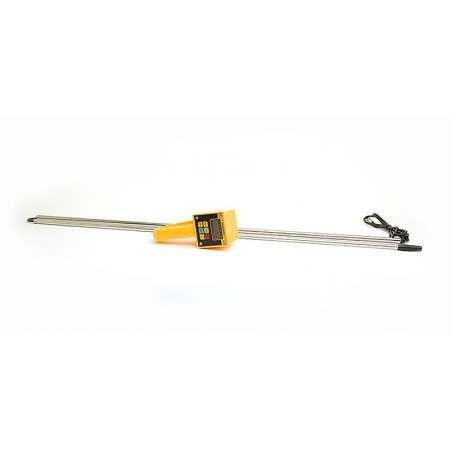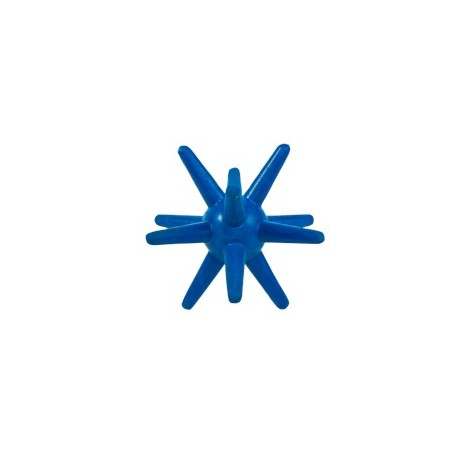The provision of straw to pigs kept in conventional pens with concrete floor improves animal welfare, but the effects of straw on pigs’ performance are unclear. In two steps, we investigated the relationship between amount of straw provided to pigs and measures of performance in a set-up maintaining constant space allowance and controlled room temperature. From approximately 30- to 85-kg BW, pigs were housed in groups of 18 in pens (5.48 m × 2.48 m) with concrete floor (1/3 solid, 1/3 drained and 1/3 slatted). The pens were cleaned manually twice a week, and the designated amount of fresh uncut wheat straw was provided daily onto the solid part of the floor. In the first step, 48 pens were assigned to 10-, 500- or 1000-g straw per pig per day, while in the second step, 90 pens were assigned to 10-, 80-, 150-, 220-, 290-, 360-, 430- or 500-g straw per pig per day. Pigs were weighed at the start of the experimental period at approximately 30 kg and again at approximately 85-kg BW.
The average daily gain increased 8.1 g (SEM 17) for every extra 100-g straw added daily resulting in 40 g higher average daily gain with 500 compared to 10-g straw per pig per day. The feed conversion ratio was not affected by the amount of straw provided, as the feed intake tended to be higher with increasing amounts of straw. Thus, between 10 and 500 g, the more straw provided, the higher the daily weight gain.

As the nutritional value of straw is considered minimal, this result is likely due to improved gut health from the increasing amounts of straw ingested and increased feed intake due to increased stimulation of exploratory behaviour with increasing amounts of straw available, or a combination of these. The observed tendency for a higher feed intake supports this suggestion, but studies are needed to establish the impact of these two contributing factors.
Jensen, M., Herskin, M., Canibe, N., Forkman, B., & Pedersen, L. (n.d.). Effect of straw amount on feed intake and weight gain in growing pigs housed in pens with partly slatted floor. Animal, 1-8. doi:10.1017/S1751731119002957





